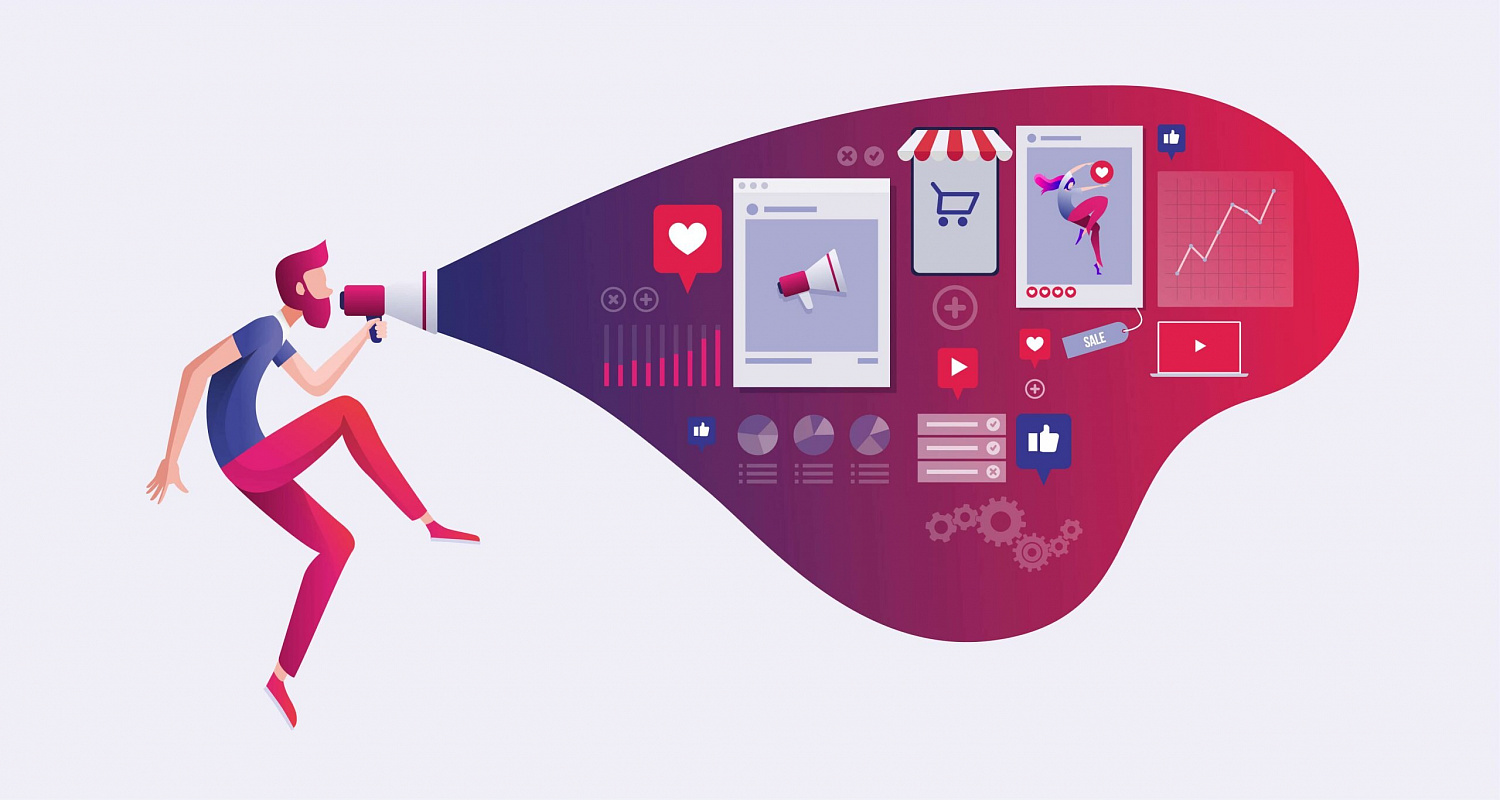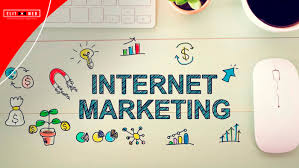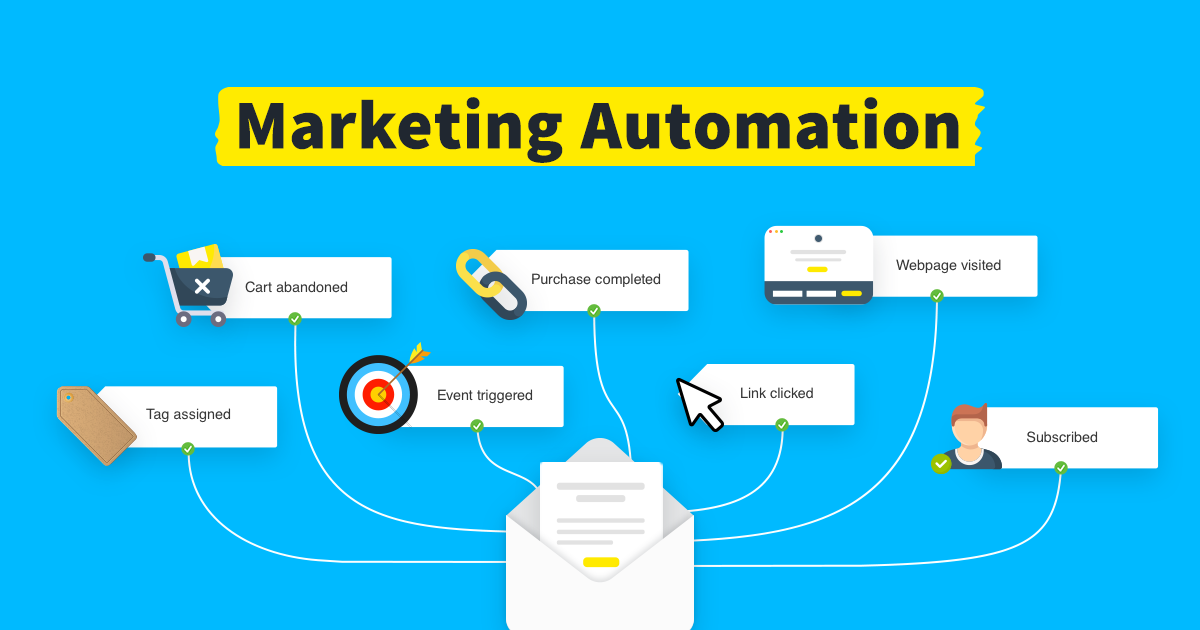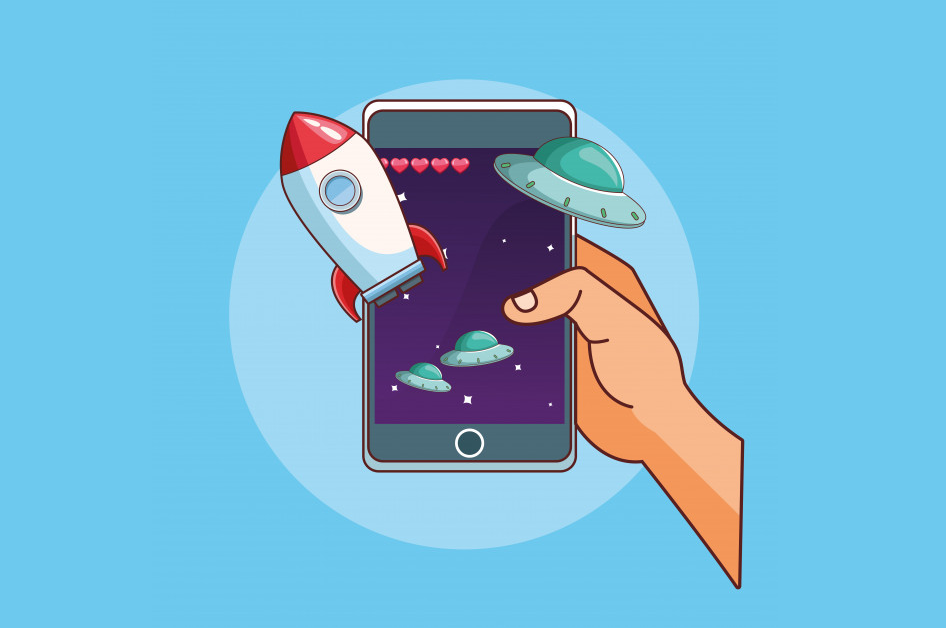Hello!
Building a strong digital marketing strategy isn’t a simple task. You can’t just use the same techniques and channels other brands use – the effectiveness of one or another technique depends on lots of factors different for every company.
 SMM, SEO, content marketing – these are the marketing techniques applied literally by every business and therefore known for highly competitive environments.
SMM, SEO, content marketing – these are the marketing techniques applied literally by every business and therefore known for highly competitive environments.
Thus, you can’t limit your marketing efforts to traditional marketing methods. If you want to boost your brand visibility, you need something that will help you rise above the noise.
In this post, we offer you to pay attention to one advertising technique, which is sometimes overlooked by marketers. It’s native advertising. This technique can bring benefits to companies of all sizes. Sounds promising, doesn’t it? Read on to learn more about native advertising and why you might want to incorporate native ads into your marketing strategy.
What’s native advertising?
Let’s define native advertising first. It’s an online marketing method that involves using paid ads that match the look of the website they’re displayed on and fit seamlessly into the surrounding content.
 We highlight two major types of native ads: in-feed native ads and content recommendation widgets.
We highlight two major types of native ads: in-feed native ads and content recommendation widgets.
In-feed ads are units displayed among editorial content pieces on publishers’ websites. They may include in-feed social ads, in-feed content recommendations, promoted listings, etc.
Content recommendation widgets are the units displayed below or next to articles on publishers’ websites. These units are usually marked with ‘sponsored content’ or ‘you may also like’ labels.
If you implement native advertising to your growth campaigns, it's important to plan out your paid advertising plan for your business.
Why should you use native ads?
Compared to good old display ads that have been used for more than 20 years already, native advertising is a relatively young technique. Still, it was projected native ads would account for 64.8% of total display ad spending in the US in 2020. To better understand why it’s happening, let’s check out the major benefits of native advertising.
Native advertising is a powerful tool for content distribution
If you’ve been doing marketing for some time, content marketing is by no means an unknown concept for you. This marketing approach involves creating and distributing content to attract, nurture, and retain your target audience.
 While the process of content creation is more or less clear – you need to know your audience and respond to their needs. Content distribution takes more effort (ideally). Joe Pulizzi, founder of Content Marketing Institute says he spends 20% of his time on content creation and 80% on content promotion. You can’t tell CMI isn’t a successful project, can you?
While the process of content creation is more or less clear – you need to know your audience and respond to their needs. Content distribution takes more effort (ideally). Joe Pulizzi, founder of Content Marketing Institute says he spends 20% of his time on content creation and 80% on content promotion. You can’t tell CMI isn’t a successful project, can you?
So, if you want to do content distribution right, native advertising comes in handy. It’s built for content. It allows you to put your content in front of the most relevant audiences.
Moreover, you can easily align your native advertising campaigns with the content marketing funnel. Depending on what type of content you distribute with native ads, you can match different stages of the marketing funnel.
For instance, if you want to reach people in the awareness stage, you’d better go with a mix of educational or entertaining content and basic targeting options, such as targeting by location or device type. In case your campaign is aimed at reaching people in the consideration or decision stage, you should go with more product-centered content (case study, landing page, etc.) and more advanced targeting options, such as lookalike targeting or retargeting.
It delivers significant results fast
 Although it’ll take some time before you manage to find a great combination of campaign content, high-performing creatives, and effective targeting options, the reward isn’t long in coming.
Although it’ll take some time before you manage to find a great combination of campaign content, high-performing creatives, and effective targeting options, the reward isn’t long in coming.
While traditional marketing approaches perform well in the long run, native advertising delivers results fast.
Native advertising is effective for whatever goal you set
Whatever marketing goal you set, you can be sure you can reach it with a well-designed native ad campaign.
We single out four main types of marketing goals, such as:
- Build brand awareness
- Acquire leads
- Drive sales
- Strengthen loyalty
In the further sections, we’ll look into how your native advertising campaign aligns with each of these goals.
Build brand awareness
 If you want your target audience to recognize your brand and associate it with particular goods or services, you need to build brand awareness. When you succeed, your company will be the first thing coming to your prospects’ minds when they face the problem you can solve for them.
If you want your target audience to recognize your brand and associate it with particular goods or services, you need to build brand awareness. When you succeed, your company will be the first thing coming to your prospects’ minds when they face the problem you can solve for them.
Native advertising is extremely effective for increasing brand visibility and reaching new audiences. Lots of brands use native ads to achieve brand awareness goals. They promote engaging articles and videos on the world’s most popular websites, reaching wide but still highly relevant audiences.
If you want to run a successful brand awareness campaign, create and promote top-funnel content that educates, entertains, or answers the audience’s common questions.
Acquire leads
 Do you want to drive more leads? Native advertising will help here.
Do you want to drive more leads? Native advertising will help here.
Native ads allow you to attract leads by promoting landing pages that encourage readers to download your application, sign up for a newsletter, or take any other action that connects your prospect with your brand.
Here’s how 8fit approaches lead acquisition with native advertising.
The company promotes its fitness and nutrition app by offering readers to check out exercises that can be done home. On their landing page, you see a few videos with workouts, an explanation of why these exercises are effective, user reviews, and a call to action.
Drive sales
Although used less frequently when a goal is a sale, native advertising may add significantly to the sales process.
 For instance, selling iPhone cases with native ads can be a good idea – the advertiser targets users by device types and always reaches the relevant audience.
For instance, selling iPhone cases with native ads can be a good idea – the advertiser targets users by device types and always reaches the relevant audience.
Of course, this is just a good example. It’s more likely that your campaign requires more specific targeting configurations to sell to people. Campaigns aimed at driving sales are more likely to be successful when they target people who are most interested in buying your product or service, e.g., target website visitors or retarget your website visitors.
Still, if your customer journey is rather complicated, sometimes it’s more effective to use native ads for attracting leads that will later become your customers.
Strengthen loyalty
 Along with building brand awareness, attracting leads, or driving sales, native advertising gives a great opportunity to strengthen customer loyalty.
Along with building brand awareness, attracting leads, or driving sales, native advertising gives a great opportunity to strengthen customer loyalty.
What emotions do you want your customers to have when thinking about your brand? With a native ad campaign, you can build a positive brand image.
You can hardly imagine someone doesn’t know about the Coca-Cola company. This brand doesn’t need to run brand awareness campaigns, because everyone is aware. But what they need is to retain customer loyalty and evoke positive emotions in their customers’ minds. Coca-Cola has built an image of a ‘festive drink,’ and its native ad campaign is aimed at strengthening this image.
Native advertising is easily implemented and scaled
 Native advertising isn’t rocket science.
Native advertising isn’t rocket science.
With so many native advertising platforms available, all you need is to select the platform that fits your goals – and your first campaign set-up won’t take more than a few minutes.
Of course, you might consider creating custom content for your native advertising campaigns. While it’s effective, it’s definitely not required.
Thus, to have your first campaign up and running, you can use marketing content that has already been created – and if you decide to scale, you can think of creating content types specifically for your future campaigns.
Native ads don’t hurt the user experience
 Think of the last time you left a website because of ads. Were there too many ads? Was it because of a floating ad that overlapped half of the page? Did you get annoyed after seeing one ad popping up for the fifth time? This won’t happen with native ads.
Think of the last time you left a website because of ads. Were there too many ads? Was it because of a floating ad that overlapped half of the page? Did you get annoyed after seeing one ad popping up for the fifth time? This won’t happen with native ads.
The problem with traditional banner ads is that they might not only fail to reach campaign goals but also make a poor impression of your brand. On the contrary, native ads fit into the surrounding environment and never disrupt the user experience.
Native ads perform better than typical banner ads
Among other things, native advertising is just effective. It delivers higher CTRs than any banner ad would do, results in higher engagement metrics, and makes a better impression.
 To prove the point, we’ll turn to statistics:
To prove the point, we’ll turn to statistics:
⚫ According to Sherethrough’s research, native ads registered 18% higher lift in purchase intent than traditional banner ads.
⚫ The average CTR for native ads across industries is 0.2%.
⚫ 70% of users claimed they would rather discover products or services through content than traditional advertisements.
⚫ Two out of three Generation X and Z consumers responded they trusted branded content more than other types of traditional advertising.
To have a better understanding of what you can expect from your native ad campaign, you can check native advertising benchmarks for your industry.
Take the leap and start launching native advertising campaigns
 Native advertising has already proved effective for different niches. If the above-mentioned benefits appeal to you, it’s the right moment to launch your first campaign.
Native advertising has already proved effective for different niches. If the above-mentioned benefits appeal to you, it’s the right moment to launch your first campaign.
As long as you develop quality campaigns that promote relevant content and put the audience first, you’ll be witnessing significant results delivered by native advertising.
Thank you!
Subscribe to our newsletter! Join us on social networks!
See you!






